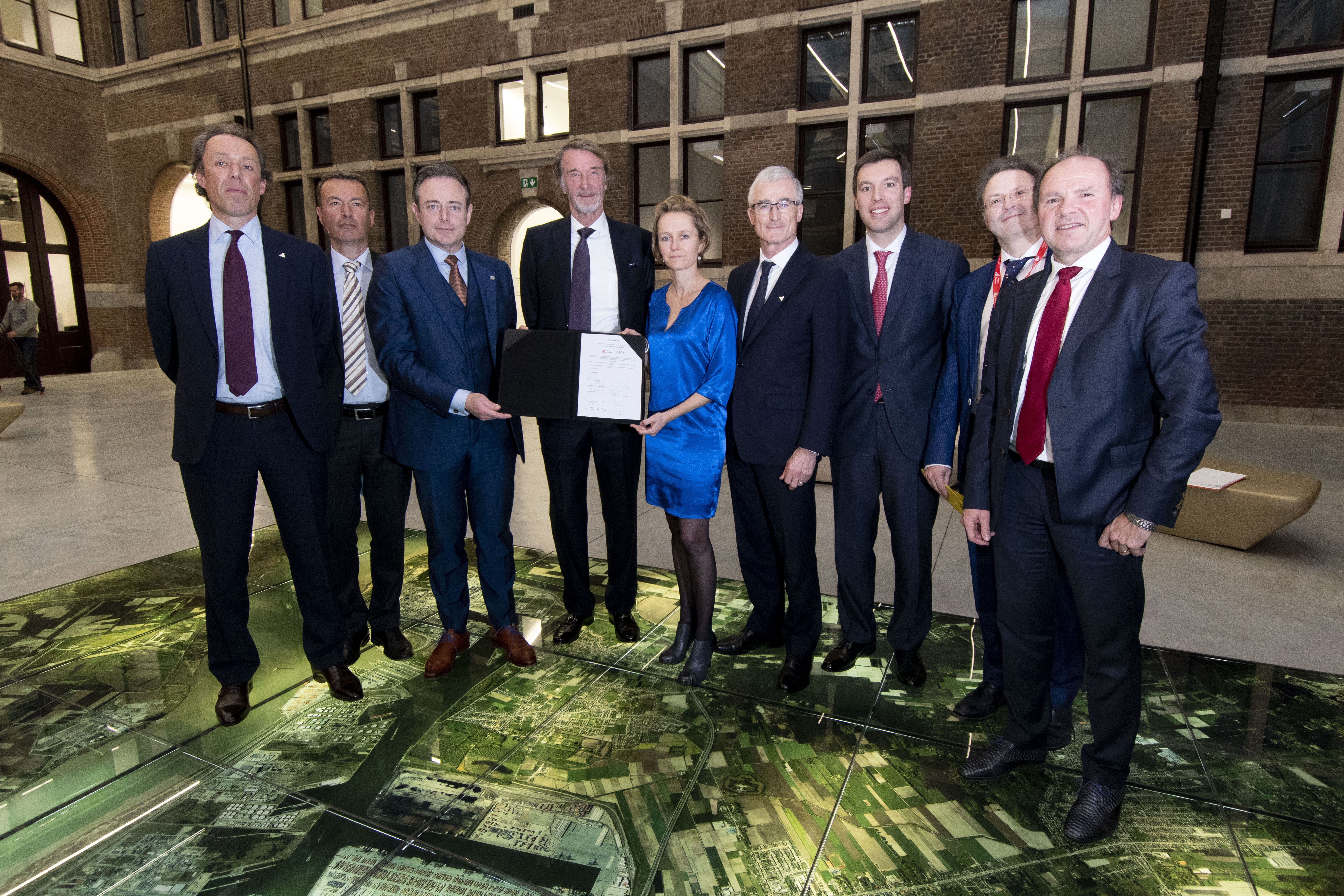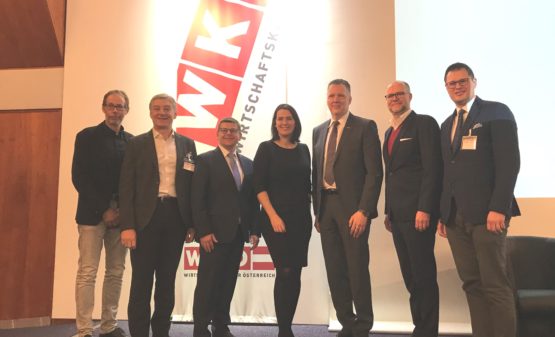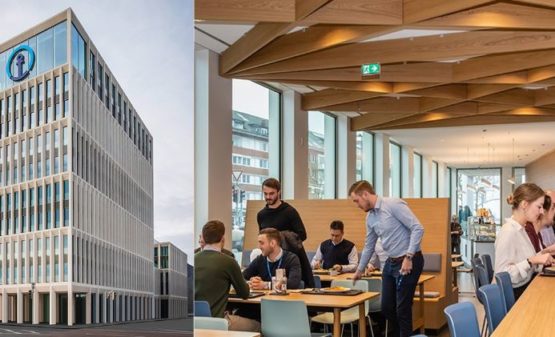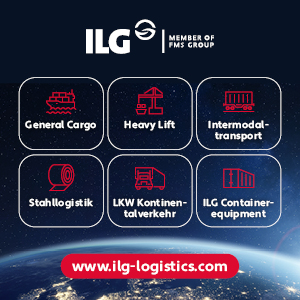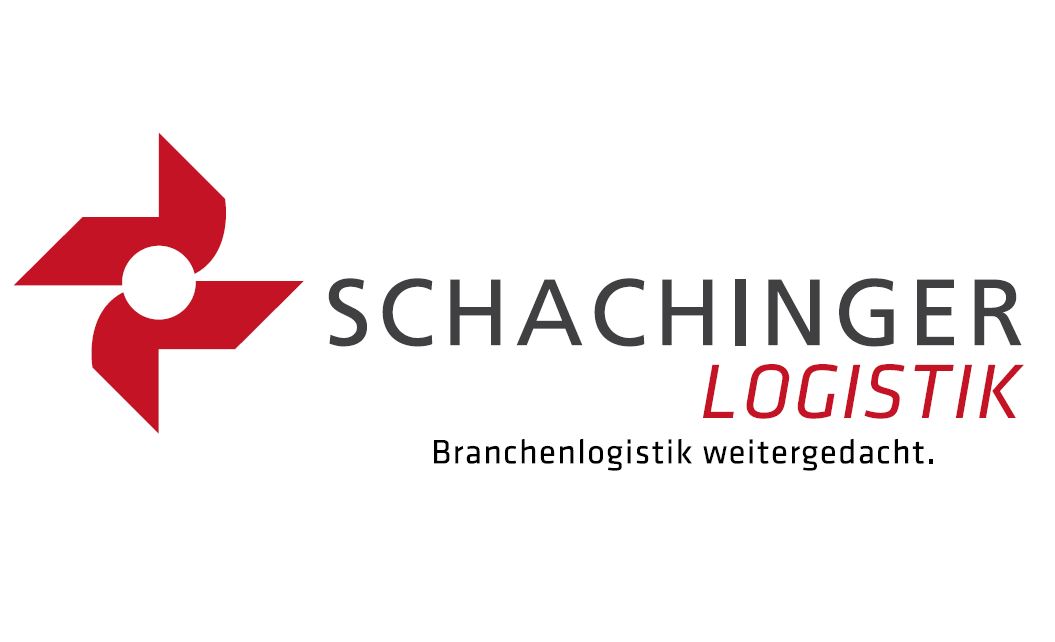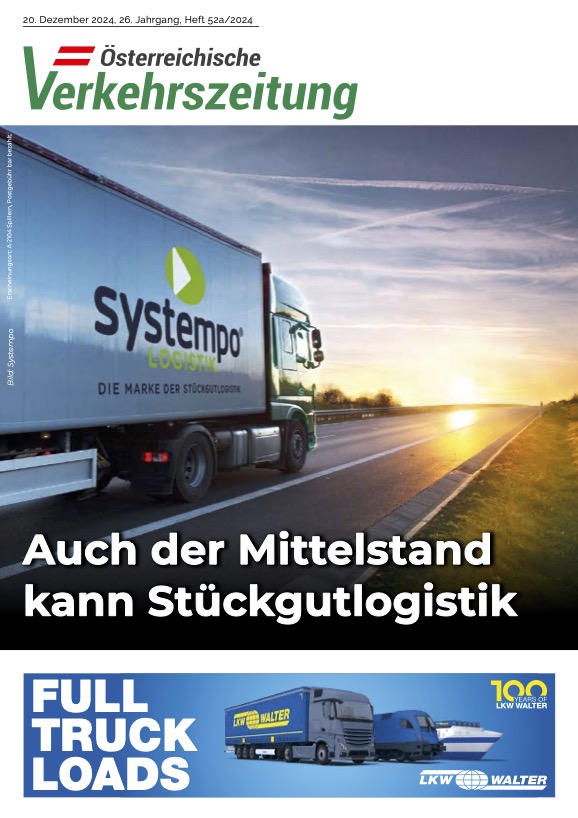Ineos, one of the largest chemical concerns in the world, has chosen the port of Antwerp as the location for a mega-investment of EUR 3 billion representing 400 new jobs. The capital outlay is the largest in the European chemical industry in the past two decades. With the securing of this large-scale investment project Flanders confirms its position as a leading chemical region, while the port of Antwerp further reinforces its role as the largest chemical cluster in Europe.
Ineos plans to build a brand-new propane dehydrogenisation (PDH) plant and an ethane cracker unit in Antwerp. These will respectively convert propane into propylene and ethylene as the raw materials for chemical products that find their way into many industries including car manufacturing, building construction, clothing, cosmetics and personal grooming products, pharmaceuticals, electronics and packaging materials.
The plants will be built on the existing Ineos site in Lillo in the port area and on neighbouring grounds. For this purpose Ineos will take over unused parts of concessions held by neighbouring companies, thus ensuring maximum integration with the existing chemical industry. In this way the new plants will be connected by pipeline to various INEOS ethylene and propylene derivative units elsewhere in Europe.
It normally takes four or five years to complete a project of this magnitude, and the new production plants are expected to be operational by 2024. Once the plants are up and running they will provide 400 full-time jobs directly and five times that number indirectly. Some 3,000 people will be employed during the construction phase.
Ineos CEO and chairman Jim Ratcliffe explaines: “Our investment in a world-class ethane cracker and PDH plant is the largest of its kind in Europe in more than a generation. As such it is a major development for the European petrochemical industry. We believe that this investment can reverse the decline in the European chemical industry in recent years.”
Ineos has grown from a single site in Antwerp in 1998, originally employing 400 people with a turnover of EUR 200 million, to one of the world’s largest chemicals companies and the 50th largest business in the world, employing around 20,000 people across 171 sites in 24 countries. It is a privately-owned company with sales in 2017 of USD 60 billion. In addition to its growth in petrochemicals, it has acquired oil & gas fields in the UK, Denmark and Norway and is a top 10 company and the biggest private enterprise operating in the North Sea.


